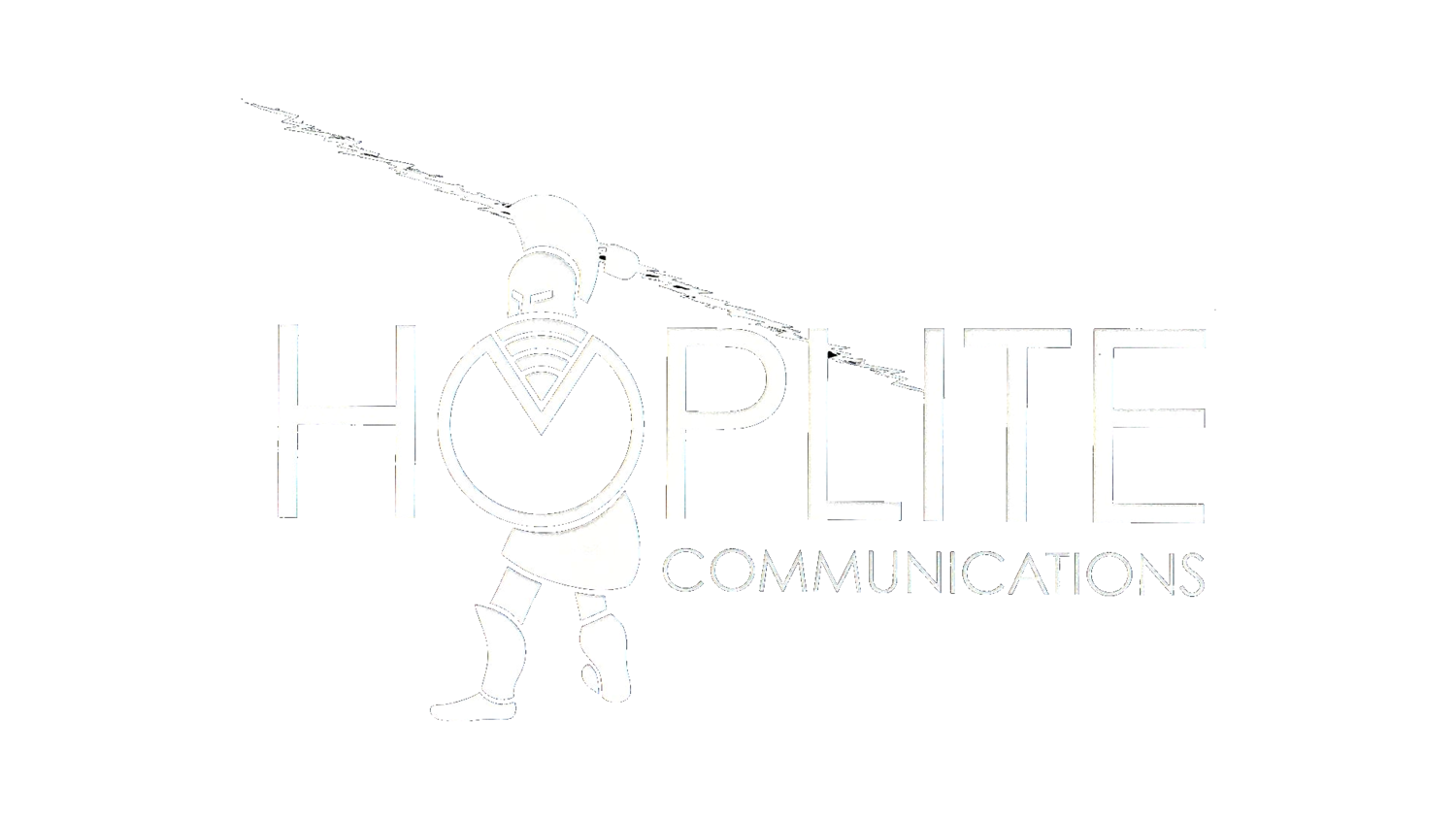A recent study led by researchers at the University of California concluded that deploying more small cell sites, instead of relying on a few large ones, could reduce energy consumption for mobile networks by up to two-thirds.
If this holds up, it would be a huge check in the small cell column over macro towers and rooftops.
Greater utilization of small cells could also significantly improve the battery life of mobile devices. The findings, published in a paper titled "Densify and Conquer," highlight how smaller, more densely placed towers reduce the last-mile wireless energy waste, which is often due to signal attenuation from absorption, reflection, and scattering of electromagnetic waves when broadcast from larger, more traditional cell towers.
The study's lead, Agrim Gupta, explains that this densification (replacing a single larger base station with multiple smaller ones) tackles key issues that contribute to higher carbon footprints in current network configurations. As the urgency to address environmental impacts intensifies, this strategy could offer a dual benefit: cutting operational costs and enhancing user experience by extending phone battery life.
Despite the potential advantages, a deployment model that increases the number of small cells in the public rights-of-way in populated areas will likely face stiff resistance.
The Long Term Issue of Decommissioning Abandoned Small Cells
And, in all seriousness, some of these concerns are well founded: A forest of small cells will further clutter already heavily occupied streetscape settings across the country. Plus, there is no telling how long this model will remain viable, as new technologies are coming along in the chipset space, the AI space and the wireless transmission space that could make non-terrestrial networks or any other type of configuration the way forward in as little as 10 years.
At least if that happens now, macro sites are relatively finite in how much ground space they occupy and can be decommissioned without major disruption to everyday life for most of us. Whereas, a full on build out of 5G and 6G small cells could result in 100,000s of abandoned utility poles, decorative poles and other designs across the public ways down the line that would then have to be removed or repurposed. This is because public ways are already crowded so it does not serve the public interest to leave large scale abandoned infrastructure in place.
All of these factors, along with those of signal propagation and the limits of technology, should be weighed in regard to future deployment paradigms.
Rollouts Have Been Slow, Thus Far, But the Small Cell Age May Actually Arrive Soon
Industry experts like Roy Chua, principal at AvidThink, note that while network densification has been discussed since the early 2010s, the actual deployment of small cells has been slow. This is partly due to the logistical challenges and public skepticism about having more visible infrastructure. However, with capital expenditures tight and the continued push towards enhancing network capabilities, the adoption of small cells may see more traction in urban settings over the coming years, as they can significantly improve coverage and network density.

































